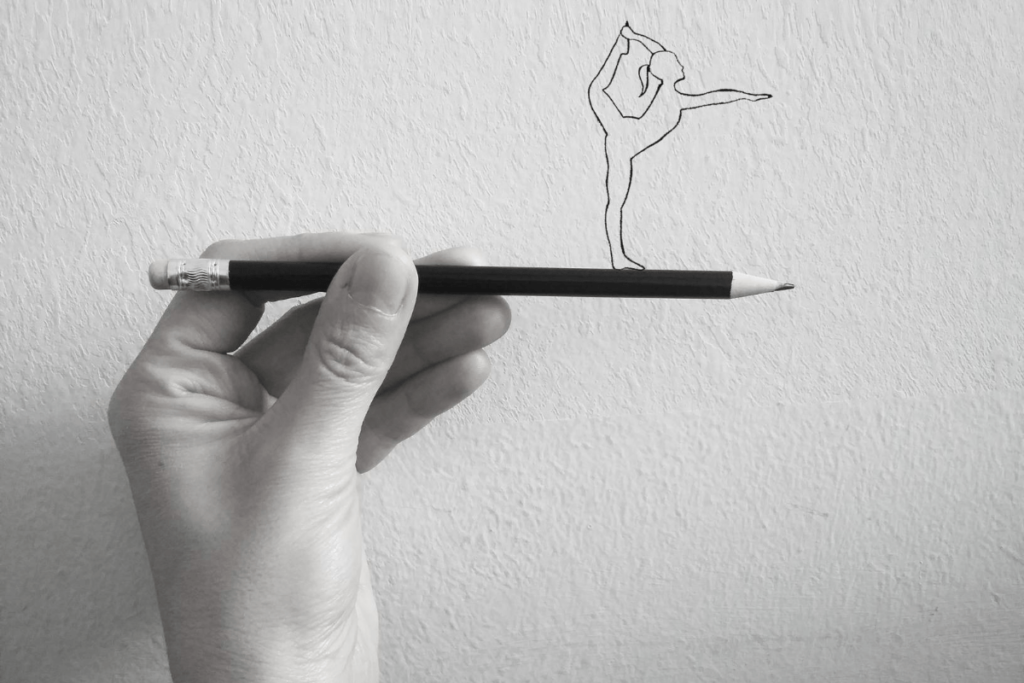How to create happy positive emotions by easy self-help and mindfulness

Mindfulness starts with a slow pace
It was a seemingly uneventful afternoon, with the sun shining bright and warm in the usually hot and humid Singapore. Yet, my view was clouded with glooms, and the air smelt of the stench of staleness. I felt heavy even though I weighed at my lightest. The afternoon in the densely populated Singapore is often oddly quiet because everyone is busy attending a school or at work.
Between rotting in bed and dragging my nearly lifeless body out of the rotting bed, I chose the latter. I wasn’t looking my best, but it didn’t matter. I put on the headset and turned the classical music up, loud enough to drown the environmental noises. I wasn’t planning on going anywhere in particular. I just walked around the neighbourhood and be lost in the urban jungle.
Then, it happened.

With my classical music blasting into my ears, I tilted my head upwards and smiled. Smiling for myself; smiling to no one; smiling for no rational reason. Like magic, the gloominess that greyed the vision dissipated, and the bright sunny light revealed the brilliance of the colourful buildings. The air was crispy that day, as though I could smell the sun. I could feel a hint of a tingling sensation on my skin as I basked in the sun. I didn’t care if I looked silly to other people if there were other people.
What happened, really? Was it really magic? Or did I trick my mind?
I suspect that I tricked my mind, and introduced mindfulness exercise without knowing I was doing just that. Our minds rely on cues, bodily signals, to react and respond. When we smile, the muscles on the cheeks moved in a way that the mind remembers and associates with a happy mood; the lifting muscles around the lips also represents pleasantness and happy feelings. The mind starts to react accordingly and activates the reward system and releases the “happy chemicals,” dopamine into the brain region (amygdala) that is responsible for emotions, and the prefrontal cortex that controls thought processing. This process creates a mood-lifting effect.

Our minds can be manipulated and redirected to a new perspective, so we must be mindful of how we manage this powerful centre.
Not convinced? Try to observe your mood changes when you perform some simple experiments. Say, clap your hands, raise your hand, pretend to be ready to run, pretend to be slapping someone. When we clap our hands, our mind starts to generate celebratory images, like someone’s birthday, an excellent stage performance, etc., we begin to smile involuntarily. When we raise our hand, our mind may associate this action as seeking permission from the teacher or someone with authority, so we may feel a bit nervous. When we are ready to run, our heart starts to race to prepare us to take off, we may also feel more in focus. When we mimic the gesture of slapping someone, we may experience anger or frustration, or a sense of “rush.” Our minds try to prepare us for events by anticipating them through our bodily cues.
This knowledge is transferrable to any situation, and the tactic can be applied to anger management too. When we are angry, we tend to speak fast and loud, which exacerbates the situation when the heart rate accelerates. To counteract this effect, we reinforce our internal locus of control by deliberately speaking slower in moderated volume. It’s like an instant cooling effect, or at the very least not aggravating the anger.
Smile not for others
Smiling for yourself to trick your mind is most useful for depressive moods. In depression, it can only complement, but it cannot be an efficient single tool to treat depression. Note the difference between a depressive mood and a depression.
Knowing that the mind can be tricked is acknowledging that there is a downfall to tricking our minds. One of the most common coping strategies that people who are depressed is to smile for others. We pretend that we are okay. There are many reasons why we do that. We don’t want to burden others with our problems. We don’t want our loved ones to worry about us. We don’t want to be a nuisance to others. Or, we just cannot deal with any questions or anyone’s emotions in reaction to our depressive moods. Worst of all, the social stigma has us believe that having depression is evidence of a weak mind, so we are ashamed to show our vulnerability.
The danger about smiling for people is that we once again tricked our minds, more than that, we also tricked the people around us. No one knows we are depressed, including ourselves. Our mind repeatedly suppresses the depressive symptoms because we are always around people.
See, smiling for ourselves works because it’s a temporary relief to help us overcome a small hurdle of depressive episodes. It’s like having scalded your hand, and you flush the burned skin under cold running water or apply burn-aid ointment. It helps to halt aggravation, and the healing begins. This method is ineffective when you are in manic or enduring depression. It is like sustaining a third or fourth-degree burn and applying cold water to the wound, hoping to see speedy recovery. Not only that it does not effectively help to prevent further damage, but it can also potentially cause devastating consequences.
Best treatment and strategy
There is none. There is no best pre-made, one-for-all treatment, and strategy available. There is a foundation first-aid kit to remedy minor wounds, but a severe injury requires a more complex multi-prong solution.
So, keep the first aid box handy, it may not treat a broken bone, but it buys time and halt worsening of the issue. We aim to be somewhat balanced.

I have personally tried these apps, and I think it may help you.
CARA Unmask
CARA Unmask is a peer support chat app that connects you anonymously with a mental health advocate. Talk about your struggles with no fear of stigma.
I am also writing for the platform on mental health topics.
- A daily mindfulness and meditation guide at your fingertips
- Australia’s leading wellness app
- Trusted by nearly 4m people
- 100% evidence-based
- FREE Programs for children and adults
- 10 minutes a day is all you need to see real changes
- Growing ChatGPT AI Generated Content Everywhere, Should We Be Fearful? - January 14, 2023
- How To Spot A Manipulative Partner Early And Avoid Incompatible Relationships? - January 8, 2023
- Sustaining Admiration Leads to Lasting Love - May 5, 2022

1 thought on “How to create happy positive emotions by easy self-help and mindfulness”